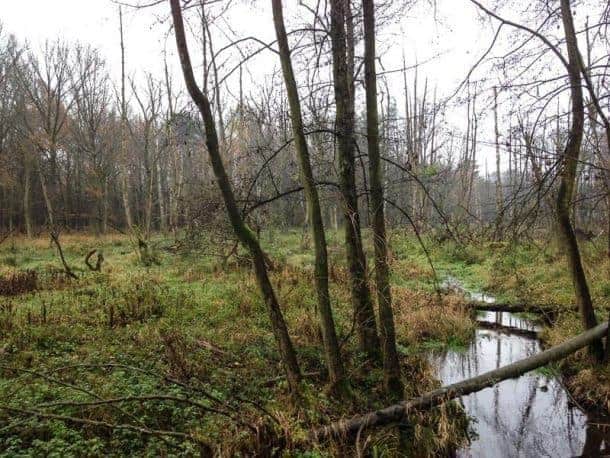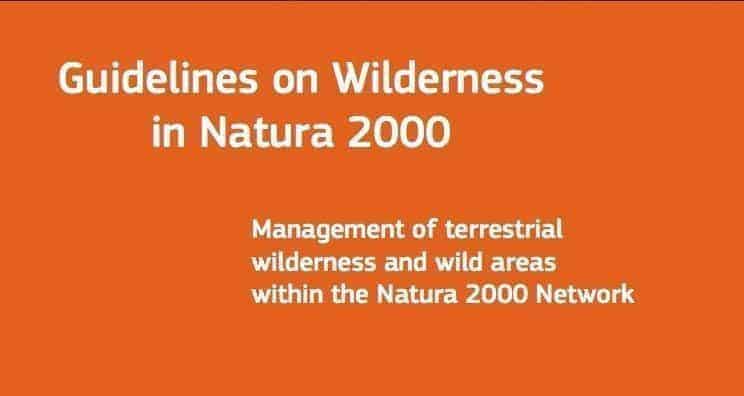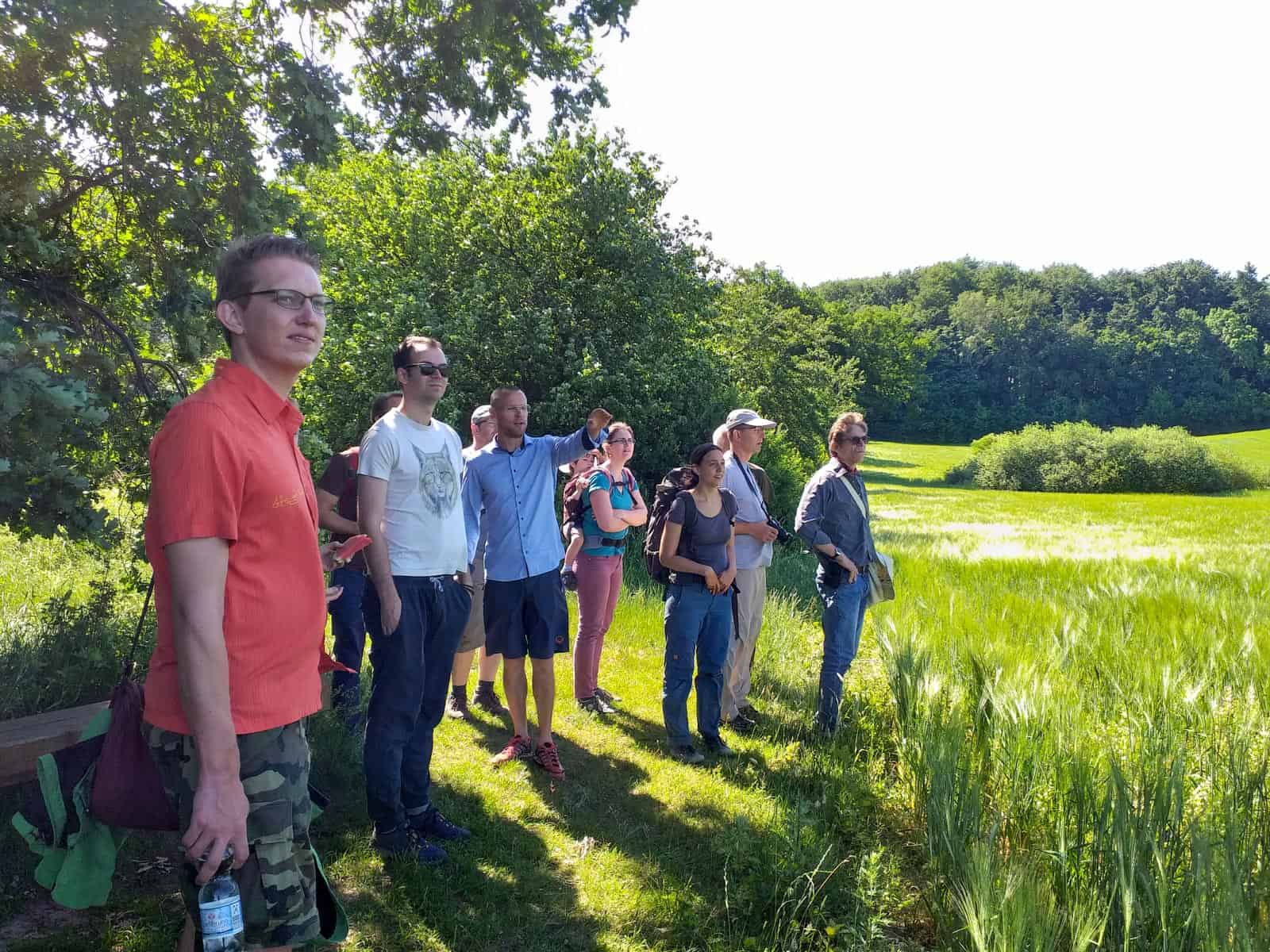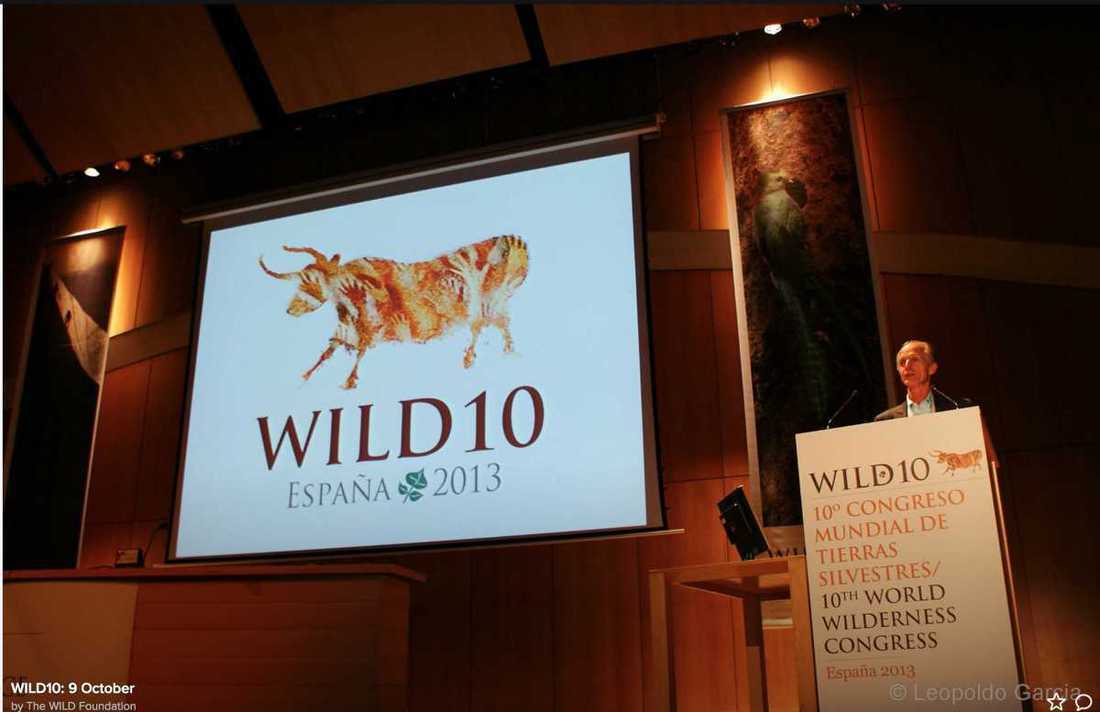Guiding Natura 2000 Wilderness areas
Wilderness is still often linked to vast areas of the Americas or Africa. Only very few people associate this word with Europe’s protected areas, but there is an increasing recognition that Europe’s Natura 2000 network hosts Wilderness areas such as Kalkalpen National Park in Austria or protected areas in the Carpathians.
According to the special website of the European Commission’s directorate for Environment, the current estimation of Wilderness cover within the Natura 2000 network is roughly 13%! The importance of Wilderness has also been recognised with the EU 2020 Biodiversity Strategy, which suggests paying special attention to Wilderness in forest areas. Following upon the objectives of the 2020 strategy, the European Commission prepared a guidance document on how best to ensure the protection of Wilderness within the legal context of the two nature directives (the Bird and the Habitats directives).
AuenlandschaftHowever there were still uncertainties about whether Wilderness stewardship (or non-intervention management) might be an appropriate tool to reach the so the so-called Favourable Conservation Status (FCS) of habitats and species within a Natura 2000 site.
As a main principle FCS has to be achieved at the appropriate regional, national or biogeographical level, but not necessarily at the level of each site. It may not always be indispensable to maintain each habitat type or species in each site in an optimal condition, but it is necessary to make sure that the conservation status of the habitats and species of Community interest will certainly not decrease but in the contrary, will maintain or achieve a favourable level at the appropriate regional or national level. Local fluctuations as a result of natural processes at the site level are therefore acceptable, provided the FCS status at the national and biogeographical level is ensured.
Ecosystems and habitat types are affected by internal dynamics. Structure and function are considered as inherent qualities of ecosystems and habitats. They are not stable per se, but are influenced by processes typical for living systems with the full variation of their ecosystem dynamics. Natural fluctuations at the individual site level following natural processes fit well within the Natura 2000 requirements, even if the area of some habitats types may locally and temporarily decrease and while other habitats may develop or improve as a result of the same natural processes.
The European Wilderness Quality Standard and Audit System is the excellent practical tool, which is designed to help Natura 2000 managers to implement the Bird and Habitats Directives while securing the long term protection of Wilderness across Europe. The test of the audit in Königsbrücken Heide Nature Reserve in Germany perfectly proves that natural processes and non-intervention management might be implemented in a Natura 2000 site.
The full article will soon be available in the 3rd edition of the European Wilderness Journal








